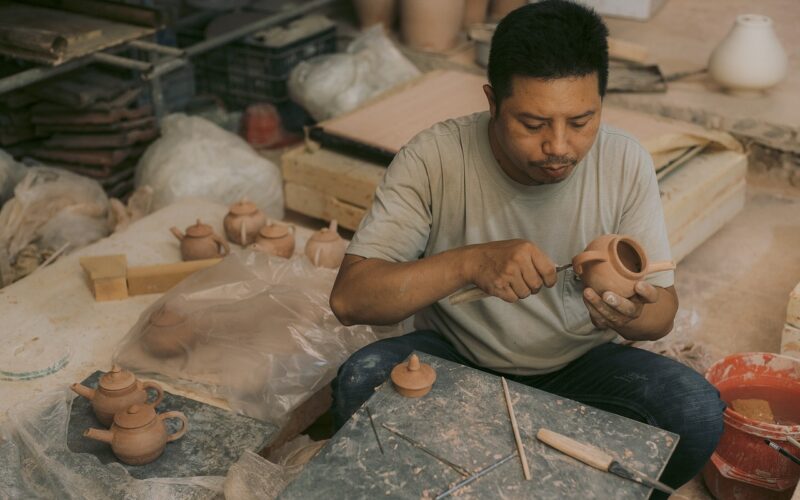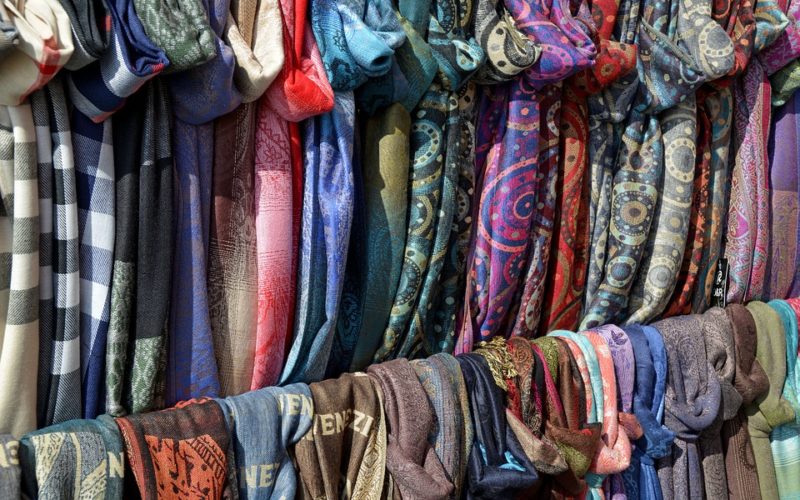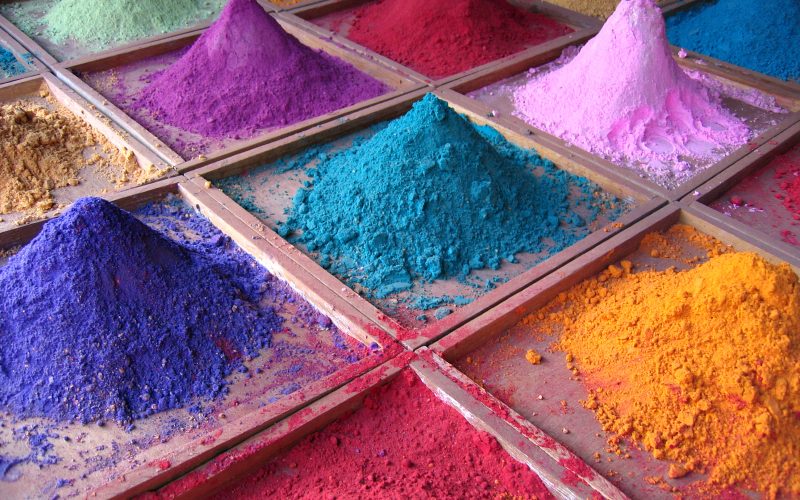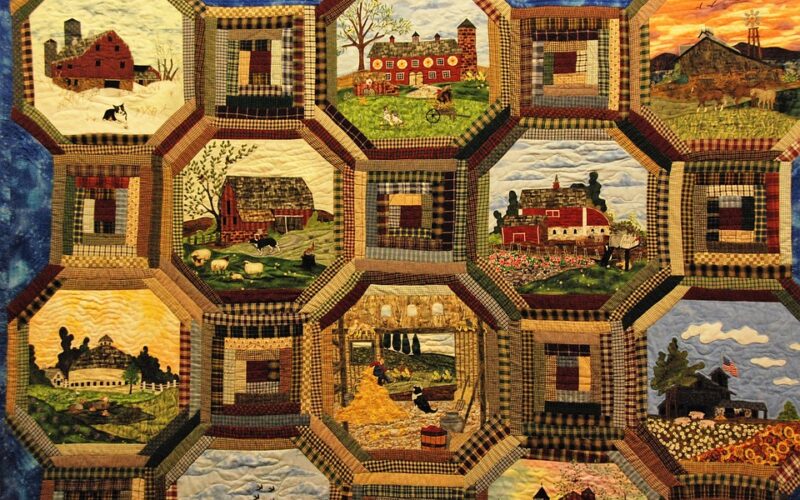In the vast and diverse world of art, ceramic objects have always held a unique place. From ancient pottery to contemporary installations, ceramics have evolved yet retained their essential qualities of craftsmanship and functionality. But where exactly do these ceramic creations sit in today's art landscape?
Historical significance of ceramics in art
Ceramics have been an integral part of human culture for thousands of years. Archaeological discoveries reveal that ancient civilizations used ceramics for both utilitarian and artistic purposes. From the exquisite pottery of Ancient Greece to the intricate porcelain of the Ming Dynasty, these objects not only served everyday needs but also conveyed cultural narratives and artistic expressions.
In many cultures, ceramics were considered a high art form, on par with painting and sculpture. The painstaking process of creating ceramic objects—shaping the clay, firing it in a kiln, and often decorating it with intricate designs—requires a high level of skill and artistry. Historically, ceramic artists were revered for their ability to transform raw earth into objects of beauty and utility.
Ceramics in contemporary art
In contemporary art, ceramics have experienced a renaissance. Modern artists are pushing the boundaries of what can be achieved with this medium, experimenting with new forms, techniques, and themes. Ceramic art has expanded beyond traditional pottery to include large-scale installations, abstract sculptures, and mixed-media works.
One of the most significant shifts in contemporary ceramics is the move towards conceptual art. Artists like Grayson Perry and Ai Weiwei use ceramics to explore complex social, political, and cultural issues. Their works challenge traditional notions of ceramics as merely decorative or functional, positioning them firmly within the realm of fine art.
The evolution of ceramic techniques
The evolution of ceramic art has been marked by the development of new techniques and materials. One such innovation is the use of ceramic decals. These are special papers printed with ceramic pigments that can be transferred onto glazed or unglazed ceramic surfaces.
After firing, the designs become a permanent part of the ceramic object, allowing for intricate and detailed imagery that would be difficult to achieve by hand.
Glass decals have similarly transformed the possibilities for ceramic and glass artists. These decals are used to apply images and designs to glass surfaces, which are then fired to fuse the design with the glass. This technique opens up new avenues for artistic expression, combining the translucence and fragility of glass with the detailed imagery of decals.
The intersection of ceramics and technology
Technology has played a crucial role in the advancement of ceramic art. Digital design tools and 3D printing have revolutionized the way artists approach their work. These technologies allow for precise control over shapes and patterns, enabling artists to create complex and intricate designs that would be nearly impossible to achieve by hand.
Furthermore, the internet has provided a platform for ceramic artists to share their work with a global audience. Online galleries and social media have democratized the art world, allowing emerging ceramic artists to gain recognition and connect with collectors and enthusiasts worldwide.
Ceramics in the market
The market for ceramic art has grown significantly in recent years. Collectors and institutions are increasingly recognising the value of ceramics, not only for their aesthetic qualities but also for their historical and cultural significance. High-profile exhibitions and auctions have further elevated the status of ceramic art within the broader art market.
Ceramic art's unique blend of tradition and innovation makes it particularly appealing to collectors. The tactile nature of ceramics—the way they invite touch and interaction—adds an additional layer of engagement that is often lacking in other art forms. This sensory appeal, combined with the rich history and contemporary relevance of ceramics, ensures their continued prominence in the art world.
Ceramic objects occupy a fascinating position in the art world, bridging the gap between utility and artistry, tradition and innovation. From ancient pottery to modern installations, ceramics continue to evolve, driven by new techniques like inglaze transfers and heat release decals and advancements in technology. As contemporary artists push the boundaries of this versatile medium, ceramics remain a vital and dynamic part of the artistic landscape.
Whether appreciated for their historical significance, technical mastery, or conceptual depth, ceramic objects will undoubtedly continue to captivate audiences and inspire artists for generations to come.













